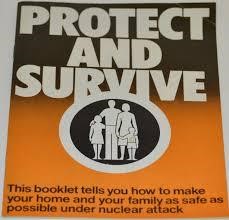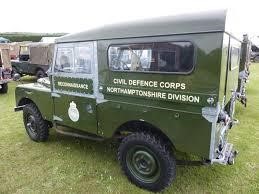Although it is not something we give much thought to, one of the biggest risks to the human race and in fact the planet as a whole is nuclear war. The Doomsday clock, which is run by a group of scientists who monitor this threat was set up in the early days of the cold war, and marks how close we are to nuclear Armageddon each year – a sobering reminder that although the cold war is over, the threat that we face is far from gone.
During the 1980s, there was a real sense of fear that this was the way we were headed – in fact the public were informed of various things that they could do in the event of nuclear war, in the often derided ‘Protect and Survive’ booklet – which suggested things like stacking sofa cushions up to protect from fallout!

There was a lot of interest in civil defence and practical ways to help if the bomb were to drop – today we have people like this First Aid at work Tewkesbury based company who can help us to prepare for workplace health emergencies, but in the 1980s, and indeed in previous decades since the start of the cold war, civil defence personnel were learning how to deal with the unimaginable – a nuclear attack.

The scenes that these people would see should the worst happen would be horrifying – if you have ever read about the victims of the Hiroshima and Nagasaki atomic bombs, it is clear that the devastation is everywhere and people who are suffering from severe burns, radiation sickness and even people who have witnessed the blast and their eyes have melted from their sockets – even for an experienced medical person, this would be a challenge.